Part 9: Mythology Dissection 1

Brush God Nuregami and Statuary
Today, I’m going to talk about our newest Brush God and various statuary found in the game.

Nuregami- the snake, god of water. “Nure” is Japanese for wet.
Snake traits: Deep thinker, wise, mystic, graceful, soft-spoken, sensual, creative, prudent, shrewd, elegant, cautious, responsible, calm, strong, constant, purposeful. Can be loner, bad communicator, possessive, hedonistic, self-doubting, distrustful, mendacious, suffocating, cold.
The snake hitched a ride on the leg of the horse while he was crossing the river. When the horse noticed, he was quite startled. He reared and kicked, allowing many of the animals to overtake him. The snake detached herself just in time to avoid being squished. Thus, the snake finished 6th.
 Milegami
MilegamiTanuki
The statue outside the inn in Kusa Village, which I pointed out, is a tanuki (or tanooki).
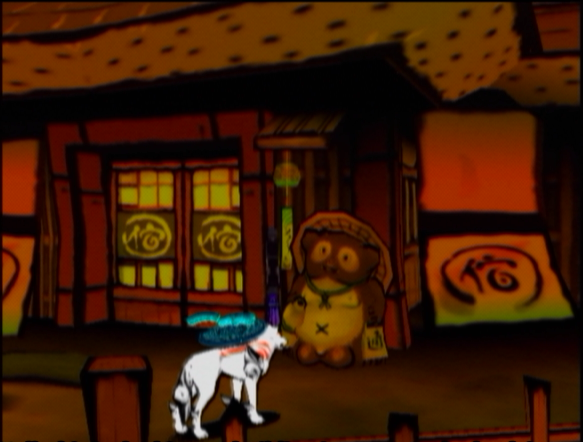
Something I didn’t realize before, which Alkydere pointed out to me in a different thread, tanuki are real actual animals! They’re members of the order Carnivora and look like a cross between a raccoon and a badger. In fact, “tanuki” is commonly translated to English as either “raccoon” or “badger.” However, they are actually canids (that’s dogs, kiddies), not procyonids or mustelids. In fact, Tanooki are also called Japanese raccoon dogs; their scientific name is Nyctereutes procyonoides. That specific epithet, procyonoides, refers to the fact that they resemble raccoons (family procyonidae)!


Real tanuki!
Most people know tanuki from the rich folklore associated with them. Tanuki in Japanese folklore are jolly tricksters and shapeshifters. They are usually depicted with round pot-bellies, and also with gigantic testicles, wearing a straw hat, and often carrying a bottle of sake and a coin purse. There are statues of them all over Japan, mostly outside temples and restaurants. Tanooki are said to cheat merchants with leaves they transform to look like paper money. In fact, many tales say that tanuki use leaves for their shapeshifting magic. Despite its propensity for trickery, the tanuki is a symbol of good fortune. A tanuki statue placed in front of a house or business is said to bring luck and financial success.
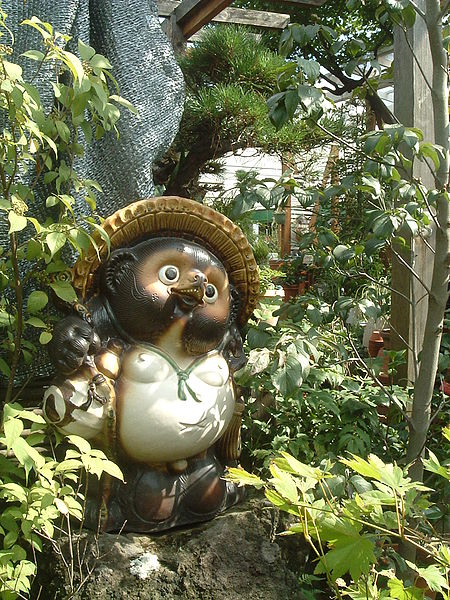
Typical depiction of a tanooki
The Pokemon Sentret is based on the tanuki, btw.
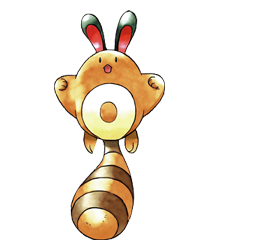 .
. Note the tail… yeah. Bet you’ll never look at Senret the same way again, eh? The less said about that, the better!

Tanooki feature as a power up in Super Mario Brothers 3 and Super Mario 3D Land. In both those games, Tanooki Mario has the ability to turn into a statue, and the item that changes Mario to tanooki form is a leaf.

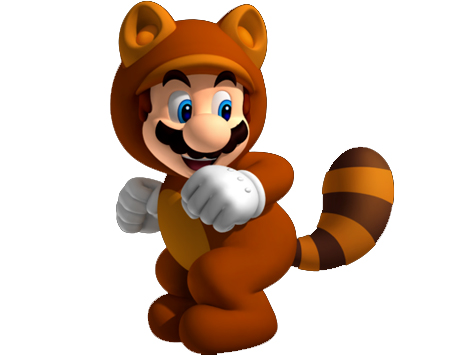

From left to right: Tanooki Mario in SMB3, SM3DL, and Tanooki Mario as a statue.
Tom Nook, the shopkeeper from the Animal Crossing series, is also a tanuki.
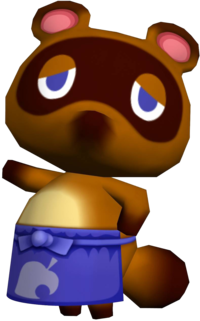
Speaking of statues, you know those creepy statues I kept destroying with extreme prejudice in the Tsuta Ruins? Well, they’re statues of Kodama, a kind of forest spirit (thanks for pointing that out, cokerpilot!). The Okami Artbook, graciously posted by Pesky Splinter, also points out that there are Dogu statues in the ruins. Now, if you look at Dogu, I think they look very much like those creeepy statues. Perhaps the Kodama are inhabiting the statues? Dogu are clay figurines that date back to prehistoric Japan. They’re supposed to ward off evil. Personally, I think they look evil and should be killed.


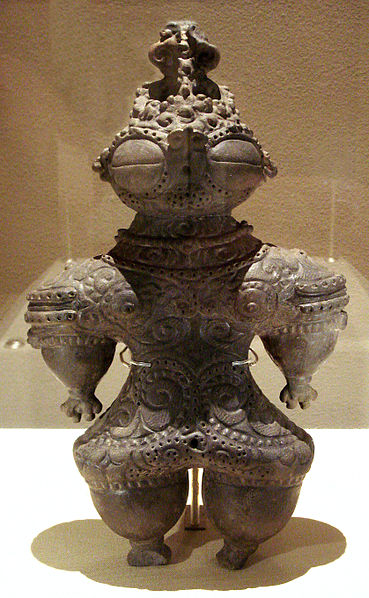
Left, some Kodama from the film Princess Mononoke and right, a Dogu statue.
As an aside, the Pokemon Baltoy and Claydol are based on Dogu.
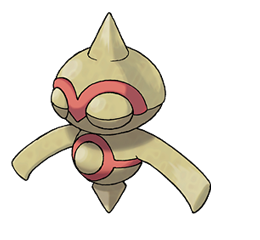

Daruma
We’ve encountered a couple Daruma statues in the LP. I mentioned Darumas in the second Mythology Dissection, but I’ll talk a bit more in-depth about them now. They represent the father of Zen Buddhism, Bodhi Dharma. In Shinto, they're used as good luck charms. Specifically, they are meant to help people reach their goals. Darumas start with both eyes blank. One paints the first eye when one begins a new task for good luck in completing it. When the task is complete, the goal is met, etc. the other eye is painted to bring prosperity to future endeavors. That’s why all the Darumas in the game only have one eye, and why Amaterasu has to paint the other one.
The next Mythology Dissection will be an in-depth look at Princess Fuse and the Satomi Canine Warriors. But I won’t post that until we’ve actually met all the Canine Warriors, of course.
Also please note, tomorrow is the release date for The Legend of Zelda: Skyward Sword in my region. I will be getting this game. This means I’ll have a brand new game competing for space/playtime on my Wii (for the first time in like… a year, I might add). Rest assured, I will not be abandoning this LP! I just might have a bit of trouble tearing myself away from SS long enough to update, that’s all.
 I plan to do Something Special to commemorate this day, so stay tuned!
I plan to do Something Special to commemorate this day, so stay tuned!